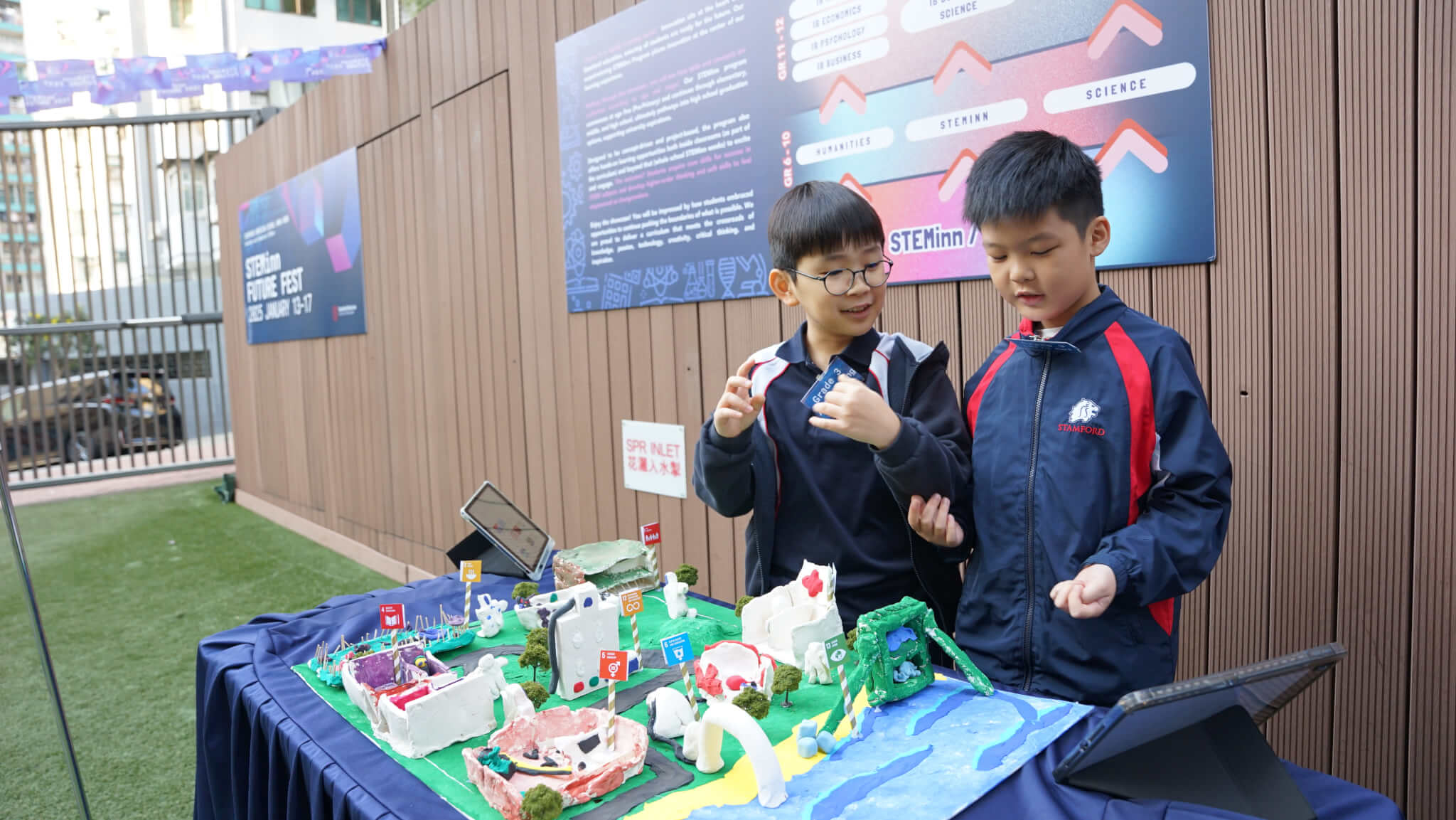Preparing students to become tomorrow’s problem solvers in the current fast-paced world requires more than rote memorization or siloed knowledge. Education is shifting toward interdisciplinary approaches that mirror the complexities of real-world challenges, and that’s where the debate and comparison of STEM vs. STEAM come into focus.
Both frameworks aim to nurture skills essential for the future: critical thinking, collaboration, innovation, and adaptability. But what sets them apart? Why are some educators advocating for the addition of the Arts into a previously science-dominated acronym?
In this guide, we’ll explore the definitions of STEM and STEAM, compare the key differences between these two educational models, and uncover why the “A” in STEAM is more than just a creative afterthought while referencing information from the University of Central Florida online, Big Bang Academy, and LEGO Education.
Understanding STEM: The Foundational Pillars
Defining STEM
STEM stands for Science, Technology, Engineering, and Mathematics. It’s a widely adopted educational model that combines these core disciplines to help students think critically, solve problems, and innovate. Rather than teaching these subjects in isolation, STEM encourages cross-disciplinary learning that reflects how knowledge is applied in the real world.
STEM education emphasizes logical reasoning, analytical thinking, and technical proficiency, which are qualities that are vital in industries like computer science, aerospace, engineering, and biotechnology. Organizations like LEGO® Education and Big Bang Academy have embraced STEM to create hands-on, interactive workshop experiences that develop these competencies from a young age.
Key Goals and Objectives of STEM
The primary objectives of STEM education include:
- Fostering scientific literacy and curiosity about the natural world
- Promoting technological fluency for navigating digital environments
- Encouraging engineering design thinking — understanding how things work and how to improve them
- Strengthening mathematical reasoning and data analysis skills
In short, STEM aims to develop students who can investigate problems and build practical, efficient solutions using empirical evidence and logical thinking.
The Emergence of STEAM: Adding the Creative Dimension
Introducing the “A”: The Integration of the Arts
STEAM expands the STEM framework by incorporating the Arts, transforming the acronym into Science, Technology, Engineering, Arts, and Mathematics. But this isn’t about throwing paint into a physics lab. The “A” in STEAM includes:
- Visual arts (drawing, painting, digital design)
- Performing arts (drama, music, dance)
- Media arts (photography, video editing)
- Design and creativity-driven disciplines
By weaving creativity and expression into STEM, STEAM reflects how real-world innovation often involves both technical and artistic thinking, especially in areas like product design, architecture, digital media, and user experience (UX).
Why the “A” Matters: The Rationale for STEAM
So, why bring the Arts into the equation? Here’s what the “A” brings to the table:
- Fostering Creativity and Innovation: Artistic activities encourage students to take risks, imagine possibilities, and develop novel ideas, which are all essential traits of today’s most successful innovators.
- Enhancing Communication and Expression: Through art, students learn to express abstract or complex ideas in relatable, engaging ways. Whether through storytelling, visual design, or performance, this enhances their ability to connect with diverse audiences.
- Promoting Critical Thinking and Observation: The arts sharpen observational skills and nurture the ability to interpret, analyze, and critique. These are valuable for scientists and engineers, too.
- Improving Design Thinking: Design thinking is a problem-solving approach that integrates empathy, creativity, and functionality. It’s where engineering meets human-centered design, and the Arts play a central role.
- Increasing Engagement and Accessibility: Not every student initially connects with math or coding. Adding the arts can make technical subjects more inclusive, relatable, and enjoyable, reaching a wider variety of learners.
As UCF points out, STEAM promotes a more well-rounded and engaging educational experience, supporting both technical and artistic development.
Key Differences between STEM and STEAM: A Side-by-Side Comparison
| Category | STEM | STEAM |
| Core Focus | Logical reasoning, technical skills, and scientific inquiry | Adding creative thinking, expression, and design |
| Problem-Solving Approach | Efficient, functional solutions using analysis | Holistic, human-centered solutions with attention to aesthetics and usability |
| Skill Development | Analysis, critical thinking, and technical proficiency | Same as STEM, plus creativity, visual literacy, communication, and empathy |
| Learning Environment | Often more structured and outcome-driven | More open-ended, encouraging exploration and experimentation |
Examples of STEM vs. STEAM in Action
To understand the comparison of STEM vs. STEAM education better, let’s break it down with real-life classroom examples:
In STEM education, students may be asked to build a bridge that can support a specified weight. They use physics and engineering principles to ensure it meets load-bearing criteria. However, the approach of STEAM education would require students to design a bridge that not only holds weight but also fits the local aesthetic and cultural context, perhaps drawing inspiration from historic architecture or public art installations.
In another scenario of STEM vs. STEAM, STEM students may be taught to write a program to analyze raw data from a scientific experiment, while STEAM students are instead encouraged to create visualizations or infographics to help communicate those insights to a broader audience, which are visually engaging, easy to interpret, and emotionally resonant.
In each case, STEAM builds on the foundation of STEM but adds new dimensions that make the outcomes more relatable, engaging, and relevant.
The Importance of Both STEM and STEAM
Despite the analysis of STEM vs. STEAM, it’s important to understand that the goal is not about choosing between them. STEM and STEAM are both powerful educational approaches, and their differences can complement each other.
STEM lays the groundwork: it gives students the ability to think critically, compute, build, and problem-solve. STEAM builds on that by making learning more human-centered, connecting logic with creativity and empathy. For some students, STEM’s structure is what’s needed. For others, adding the arts makes the learning process come alive.
According to LEGO® Education, embracing both approaches helps develop the whole learner — technically capable, but also imaginative, empathetic, and able to communicate their ideas effectively.
Conclusion: Embracing a More Holistic Future of Learning
STEM and STEAM both aim to prepare students for real-world challenges, but they do so in different ways. While STEM focuses on technical mastery and analytical thinking, STEAM adds layers of creativity, design, and human insight. As the future of work continues to blur the lines between technology and creativity, fostering both skill sets will be essential. Whether you’re an educator designing a curriculum or a parent exploring enrichment programs, consider how the “A” in STEAM might make all the difference for your learner.
Because tomorrow’s innovators won’t just build what’s possible; they’ll imagine what’s never been done before.





